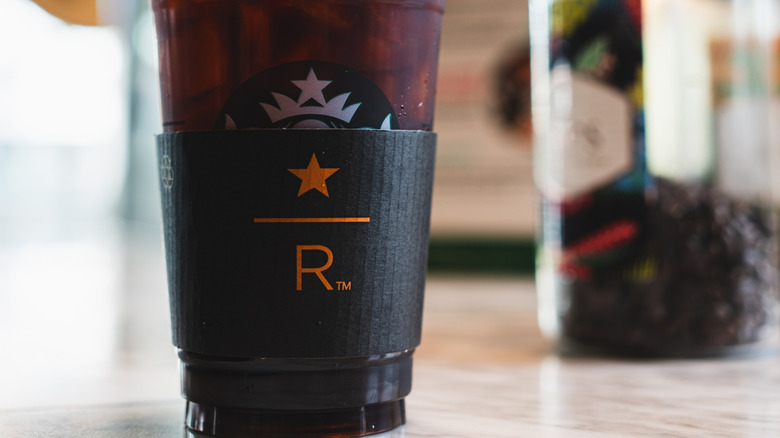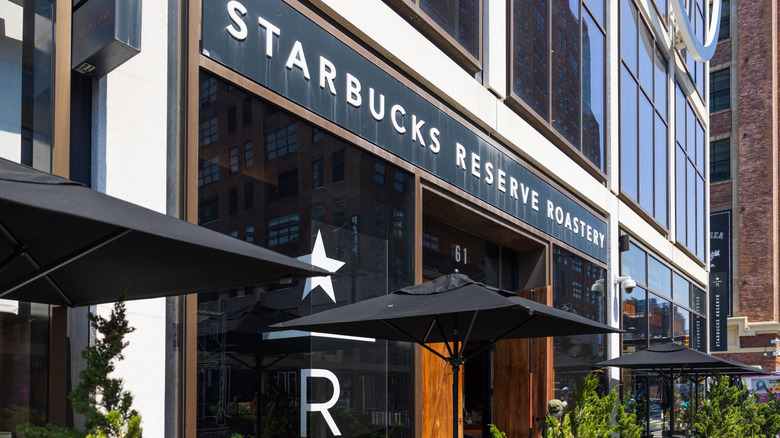The Overambitious Origins Of Starbucks Reserve
The seed of the Starbucks Special Reserve program was planted in 2000 when third-wave specialty coffee shops like Stumptown, Intelligentsia, and Counter Culture became popular. In 2004, it released its Black Apron Exclusive line of single-origin coffees to the public, which developed into the Starbucks Reserve line in 2010.
In 2014, Starbucks opened its first Reserve Roastery in Seattle; a 15,000 square-foot coffee temple with special menu items including cocktails, roasters working on site on multiple machines, a train departure-style board displaying coffees being roasted, and more. The concept has since expanded to New York City, Shanghai, Milan, Chicago, and Tokyo.
During this expansion of the Reserve brand in 2016, CEO and Founder, Howard Schultz announced plans for 20-30 more roasteries and 1,000 Reserve stores, coming from a combination of opening new shops and modifying existing ones. Months after this announcement, Schultz stepped down to oversee the growth of the Reserve Brand.
In 2017, the new CEO, Kevin Johnson, announced a scaled-back plan of 6-10 new Reserve stores to evaluate their viability before any potential significant expansions. While under Schultz, Starbucks was using the existing Reserve stores as testing grounds for its future viability, and it had no set timeline for the lofty expansion; the issue came down to a misunderstanding of how consumers see Starbucks. It had a perception problem in the market it was moving into that it did not address: It was seen as the place for sweet syrups and creams masking espresso or dark and bitter cold brew, not necessarily a company that understood high-end coffee. It's also arguable that the high-end specialty market is too small to support the expansion of Starbucks-size shops on every corner.
Where Starbucks Reserve is now
After Howard Schultz announced 20-30 new roasteries, five opened — the last two in 2019 in Tokyo and the world's largest Starbucks in Chicago. A new Reserve store opened in the Empire State Building in 2022, complete with espresso martinis. However, in America, it seems there are no Reserve bars left on the Starbucks website; all have closed or converted to regular Starbucks. All that's left are the six Reserve roasteries, the Reserve store in Seattle, and two Reserve stores in New York City.
The Reserve brand seems to have taken a backseat to other pressing concerns. In September 2024, Starbucks brought on its fourth CEO in as many years. It is struggling with solving basic problems like long wait times due to online ordering and more people ordering complex drinks. On top of that, the chain is focusing on dealing with activist investors, complaints about rising prices, and negotiations with unionizing Starbucks employees.

